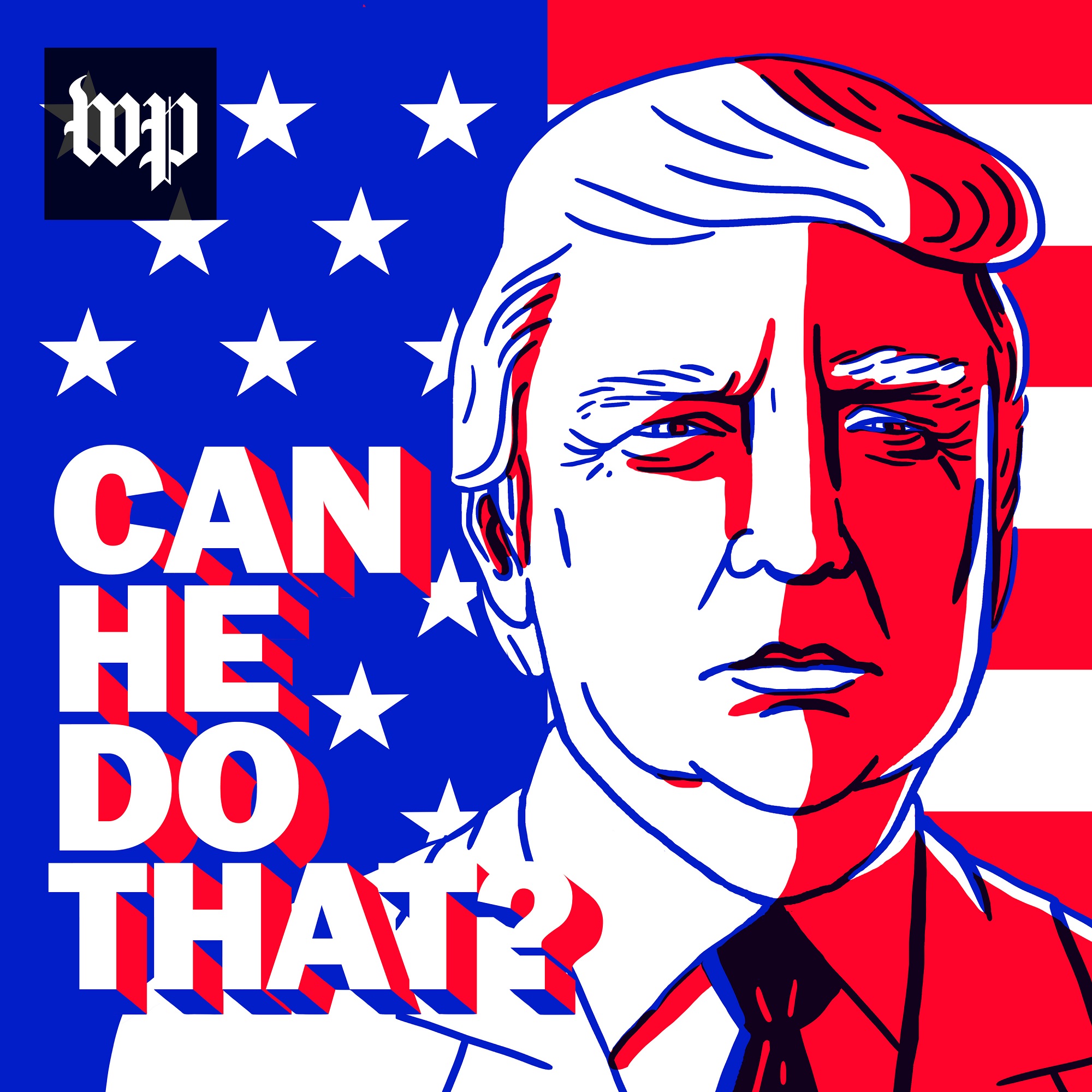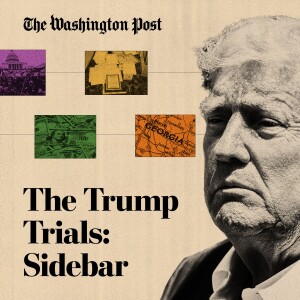
Freezing funding, adjourning Congress, reopening states. What are the limits on Trump’s power?
 2020-04-16
2020-04-16
Download
Right click and do "save link as"
Each week, our country’s response to the novel coronavirus pandemic presents new questions. Some of those questions are about the role of the president in a crisis, or the role of governors and local leaders, or the role of international organizations, or even the role of Congress. This particular week raised questions about all of those things.
President Trump early in the week said that he has“total authority” to order the reopening of state’s economies. Though, on a call with governors Thursday, Trump told them,“You’re going to call your own shots” and later released new guidance that didn’t lay out a specific timeline for relaxing social distancing restrictions.
Also this week, the administration announced plans to freeze funding to the World Health Organization pending an investigation into their handling of the coronavirus crisis.
Finally, at a news conference midweek, Trump threatened to force Congress to adjourn so he could fill some vacant positions in his administration without Senate approval.
Together, these three moments illustrate a president suggesting ways to exercise increased power and limit the checks on his authority.
On this episode of“Can He Do That?” we answer key questions about where the president’s power begins and ends in a time of crisis, with reporting from Post foreign affairs reporter Emily Rauhala and insight from Claire Finkelstein, law professor at the University of Pennsylvania Carey Law School and director of the Center for Ethics and the Rule of Law.
Additional coronavirus resources:
washingtonpost.com/virusnewsletter
washingtonpost.com/coronavirus
washingtonpost.com/podcasts
Related episodes
States are competing for life-saving medical equipment. Who decides where it goes?
The U.S. stumbled at the start of the coronavirus outbreak. Can we make up for lost time?
Does the president have much power to control a viral outbreak?
More Episodes
Not the 'normal' Washington Biden promised
 2021-05-13
2021-05-13
 2021-05-13
2021-05-13
Promises made. Promises kept?
 2021-04-29
2021-04-29
 2021-04-29
2021-04-29
Will the president cancel student debt?
 2021-04-15
2021-04-15
 2021-04-15
2021-04-15
How a voting law ignited a culture war
 2021-04-08
2021-04-08
 2021-04-08
2021-04-08
Biden’s big bet on big government
 2021-04-01
2021-04-01
 2021-04-01
2021-04-01
The political power of culture wars
 2021-03-18
2021-03-18
 2021-03-18
2021-03-18
Reshaping the role of the Justice Department
 2021-02-26
2021-02-26
 2021-02-26
2021-02-26
The duty of a president during crisis
 2021-02-12
2021-02-12
 2021-02-12
2021-02-12
Will Biden get you a vaccine?
 2021-01-29
2021-01-29
 2021-01-29
2021-01-29
The Biden era begins
 2021-01-21
2021-01-21
 2021-01-21
2021-01-21
What’s next for Trump?
 2021-01-14
2021-01-14
 2021-01-14
2021-01-14
012345678910111213141516171819
Create your
podcast in
minutes
- Full-featured podcast site
- Unlimited storage and bandwidth
- Comprehensive podcast stats
- Distribute to Apple Podcasts, Spotify, and more
- Make money with your podcast
It is Free
- Privacy Policy
- Cookie Policy
- Terms of Use
- Consent Preferences
- Copyright © 2015-2024 Podbean.com



